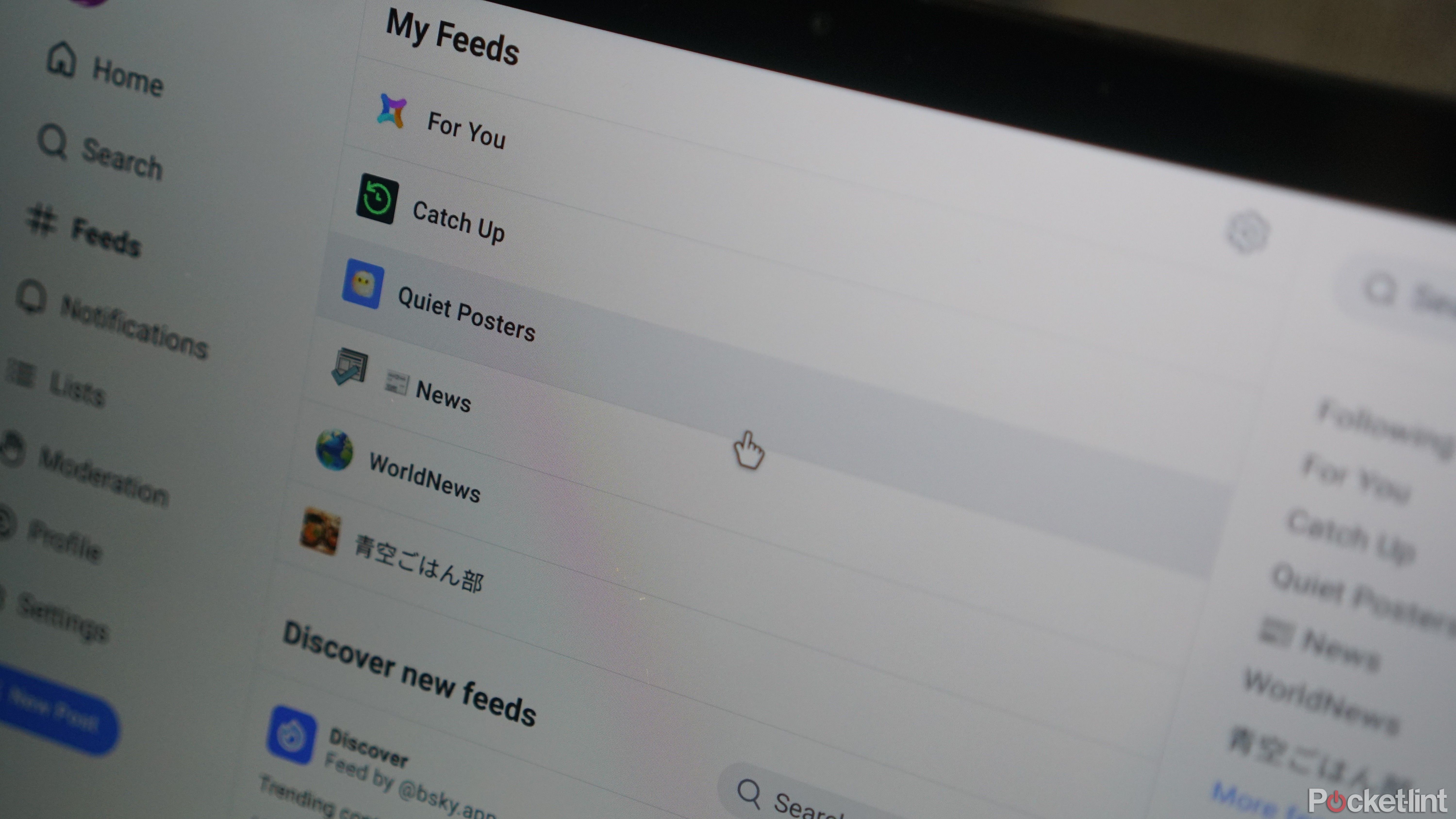Key Takeaways
- Bluesky is emerging as a challenger to popular social media platforms, signaling a shift towards more open and diverse platforms.
- Bluesky, a decentralized Twitter competitor, is now open to everyone with no waiting required.
- Bluesky aims to convert its 3 million sign-ups into active users, plans to release its underlying protocol, and wants to monetize additional features in the future.
Bluesky, a new player in the social media scene, is opening its doors to everyone.
This is a big deal because it’s stepping up as a challenger to popular social media like X and Threads, and it signals a shift toward more open and diverse platforms. Bluesky has already become a significant player in the conversation about the future of online social spaces — with a strong start of over 3 million sign-ups, a committment to improving infrastructure, and a plan to release its underlying protocol.
What is Bluesky? Everything you need to know about Twitter’s competitor
Bluesky Social might just be the new Twitter – but how does it work?
You can now try Bluesky — no waiting
A year after in private beta, this decentralized Twitter competitor has ditched its invite system. Here’s how to sign up and join now:
- Head to bsky.app and create an account.
- You’ll need to provide an email address, then a mobile number for a one-time passcode, and then create a username.
- After that, you’ll create a username or handle.
With cross-platform compatibility in mind — we’ll get to that in a minute — you’ll need a handle that will include the name of the domain from which you created it. In other words, it’s not just @juleswang, it’s @juleswang.bsky.social in this case. Make sure your password manager has this down, too.
How Bluesky is taking on X and Threads
Shortly after Elon Musk purchased Twitter in October 2022, it was clear that he was there to change it.
Millions of users saw those changes as for the worse and went to alternative platforms. The open-source Mastodon got early traction, but the unreconciled, rough edges of its federated nature posed hurdles which many people struggled to clear. Meta broke ground with Threads in 2023, but its priority on personal status updates left those looking to commune over news and issues with little room.
And then there was Bluesky. It also had a 2023 debut, but it had only moved from private beta to an invite-only userbase as it worked quietly to one-up the Twitter experience of old. (Technically, Bluesky was created as a project within Twitter in 2019 and spun off to its own company in 2021 to focus entirely on the technical aspects of federated or decentralized social media. Twitter co-founder Jack Dorsey is a board member.)
Now, the company is bringing Bluesky public.
User-driven experience
If you’ve used X or Twitter, you’ll be familiar with the general layout of Bluesky.
It’s a microblogging platform that lets anyone post messages up to 300 characters long as well as photos and video. The experience is meant to be driven more by user decisions than algorithmically-fed content — there’s emphasis on user-curated feeds that you can follow to find new people or topics and a wider suite of personal moderation tools to automatically hide or screen sensitive content while browsing.
Underpinning all of this is the Authenticated Transfer Protocol or AT Protocol.
The core tenet of this standard (yet to be made public) is to allow a user to create an account under a given domain and then have them be able to use that account to access different, even rivaling services. AT is pitched against a similar standard, the open-source ActivityPub, that Mastodon is centered around and that Threads is beginning to adopt — the idea is that you’d be able to use Threads with the account created on a Mastodon server and vice versa. The same idea will eventually apply to Bluesky and other services that support the AT Protocol.
Pocket-lint
The future for Bluesky
In an interview with The Verge, Bluesky CEO Jay Graber said she was looking to convert the three million sign-ups the site racked up in its invite-only beta phase into more active users as more people are able to freely hop on and, just maybe, find their friends on there.
The company is also hoping to finally open the AT Protocol to third-party developers and allow hosts to use Bluesky’s features within their private servers. Further down the line, the company wants to monetize additional consumers features and charge commissions to future premium feed sellers. It also wants to mine revenue by providing services to third-party Bluesky server maintainers.
On the technical side, while Bluesky may be the originator of the AT Protocol, the company may decide to relinquish complete control of it by transferring ownership to a standards body like the Internet Engineering Task Force. Bluesky may also decide to adopt ActivityPub, but Graber insisted that the so-called fediverse is still in “a time of experimentation” for now and that AT has a shot to be a contender.
Trending Products


















